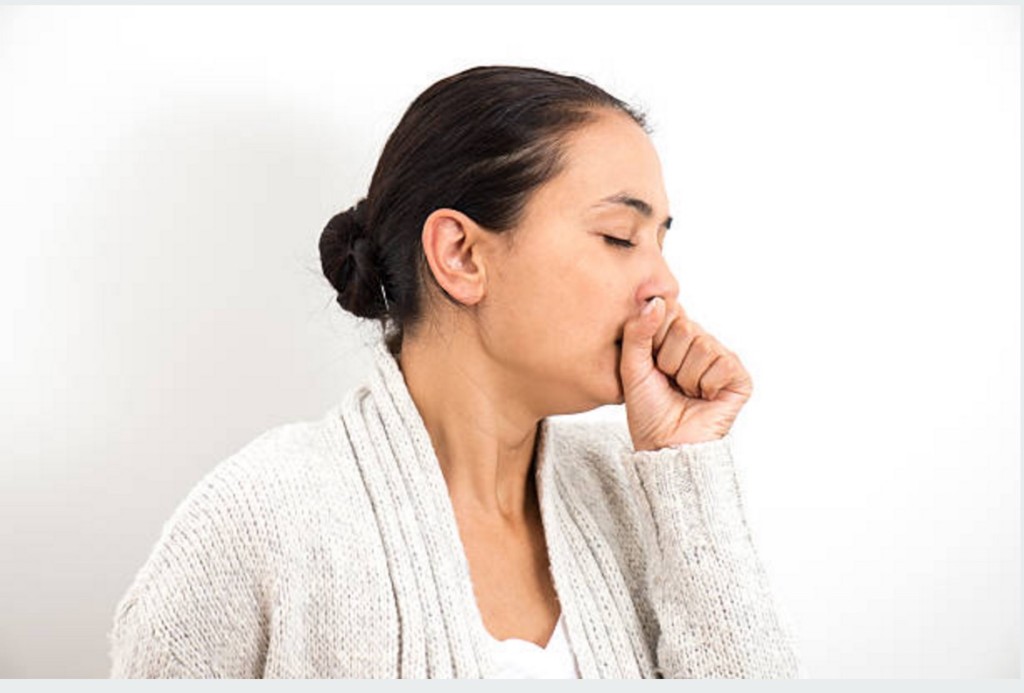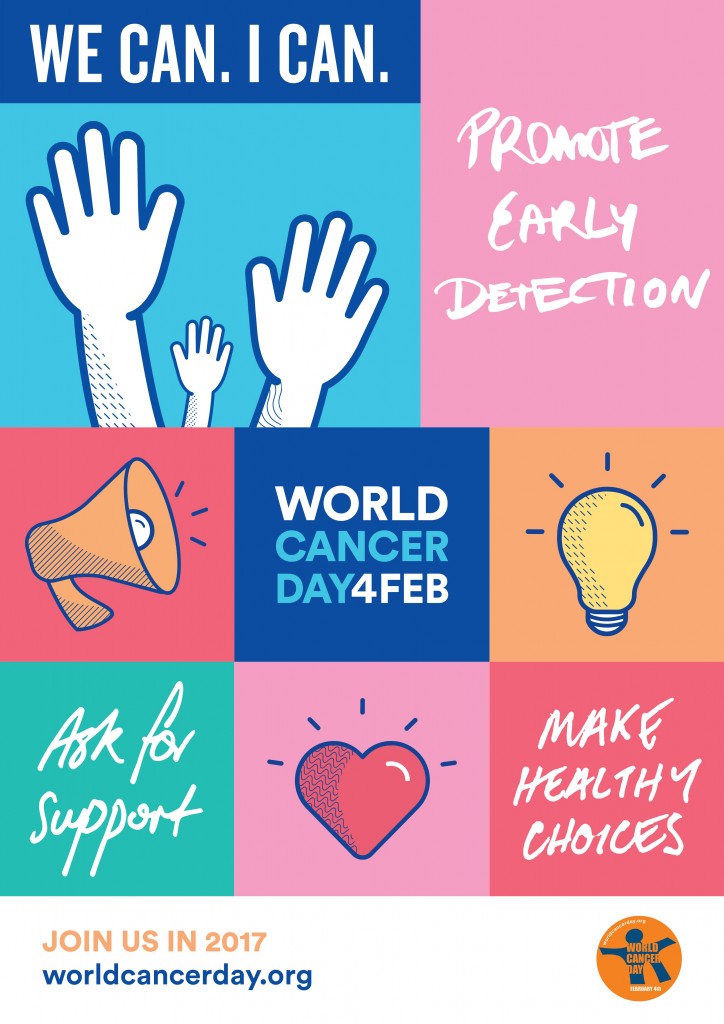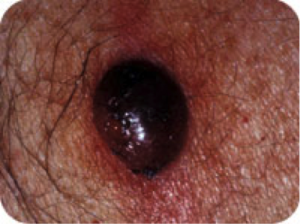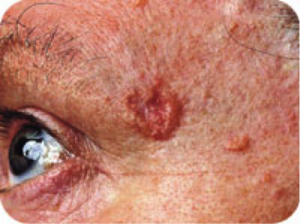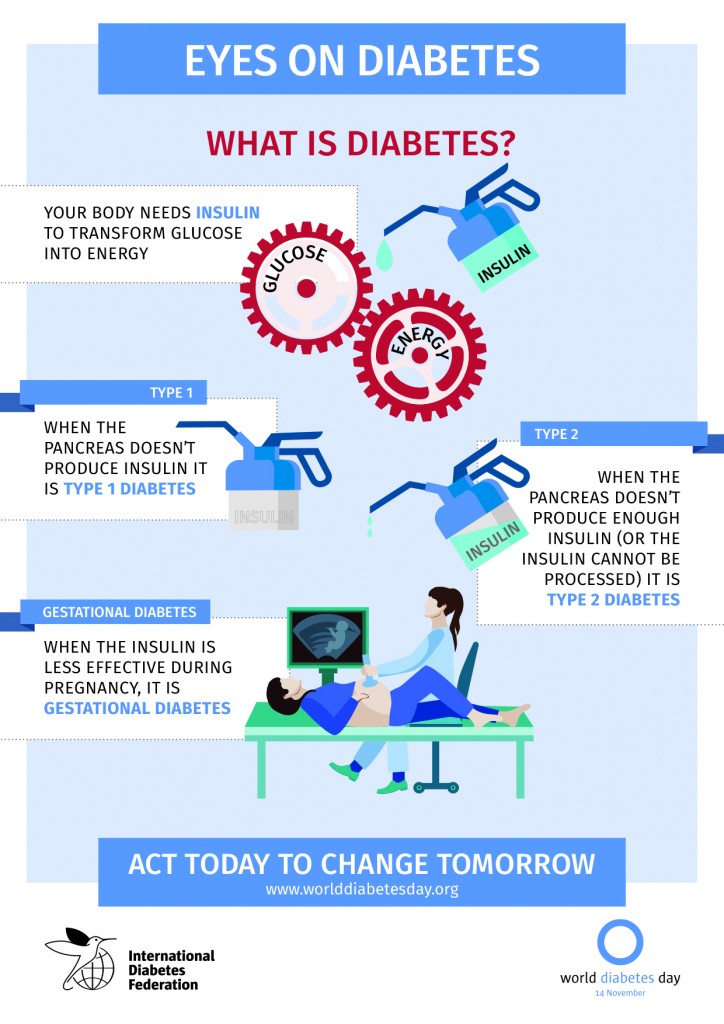
Epilepsy is a complex condition that is not well understood. What we do know is that if epilepsy is not properly managed, the seizures it causes can have tragic consequences. World SUDEP day was created to raise awareness of Sudden Unexpected Death in Epilepsy, where a previously healthy person with epilepsy dies without known cause.
Approximately 3 – 3.5% of Australians will have epilepsy at some point, which includes 25,000 new diagnoses every year. It pays to understand something about the condition and to learn how to manage the risks to help people with epilepsy to stay healthy and safe.
About Epilepsy
Epilepsy is a neurological condition that affects the nervous system, causing seizures. Someone who has had two or more unexplained seizures is usually diagnosed with epilepsy. Epileptic seizures happen when the brain’s electrical activity is disturbed – this could be hereditary or due to brain injury, but more often has no known cause. Anti-epileptic medication is fully effective in around 70% of people, and another 3% find help through surgery. For the rest, a combination of medication and control of lifestyle factors is used to manage the condition.
Reducing Seizure Risk
Because seizures can cause accidents, injuries and even SUDEP, anyone with active seizures should work closely with their team to reduce their frequency. The most common seizure triggers are stress, anxiety or lack of sleep; alcohol and/or recreational drugs; and rapid changes in medication or forgetting to take your medication.
The factors that put you at the highest risk for SUDEP are:
- Seizures at night
- Not taking medication
- Alcohol or substance abuse
- Depression/psychiatric illness
- Pregnancy
- Infrequent epilepsy reviews
- Have had epilepsy for more than 15 years
- Male gender
- Being young
Personalised Care
Anyone having seizures, no matter if it is every day or once a year, is said to have “active seizures”. Seizures can cause injury, falls or accidents, and also cause SUDEP. Different types of seizures have different risks, which is why it’s important to be seizure aware and work with a team to manage your seizures.
Becoming aware of triggers, taking your prescribed medication and working with clinicians such as your GP, specialist nurses are the best ways to manage and prevent seizures from occurring. The Epilepsy Foundation suggests that you base your approach on preparation, prevention and teamwork to help avoid seizure episodes.
Combating SUDEP
Because SUDEP is linked to seizures, the best way to reduce the risk is to have as few seizures as possible. Work with your team to manage your epilepsy symptoms. Report any changes in your seizures, take your medication, have frequent reviews, and report any major life changes to your doctor such as starting a family or changing careers.
You can take your own steps to staying healthy – avoid alcohol and drugs, keep a seizure diary to help identify triggers and use an alarm if you have seizures at night. Besides avoiding SUDEP, you are reducing your risk of accidents and injury. Your GP can work with you to create a personalised plan to reduce your risks and help you live a healthy life with epilepsy.
Click here to book a GP to discuss epilepsy and managing seizures –>


